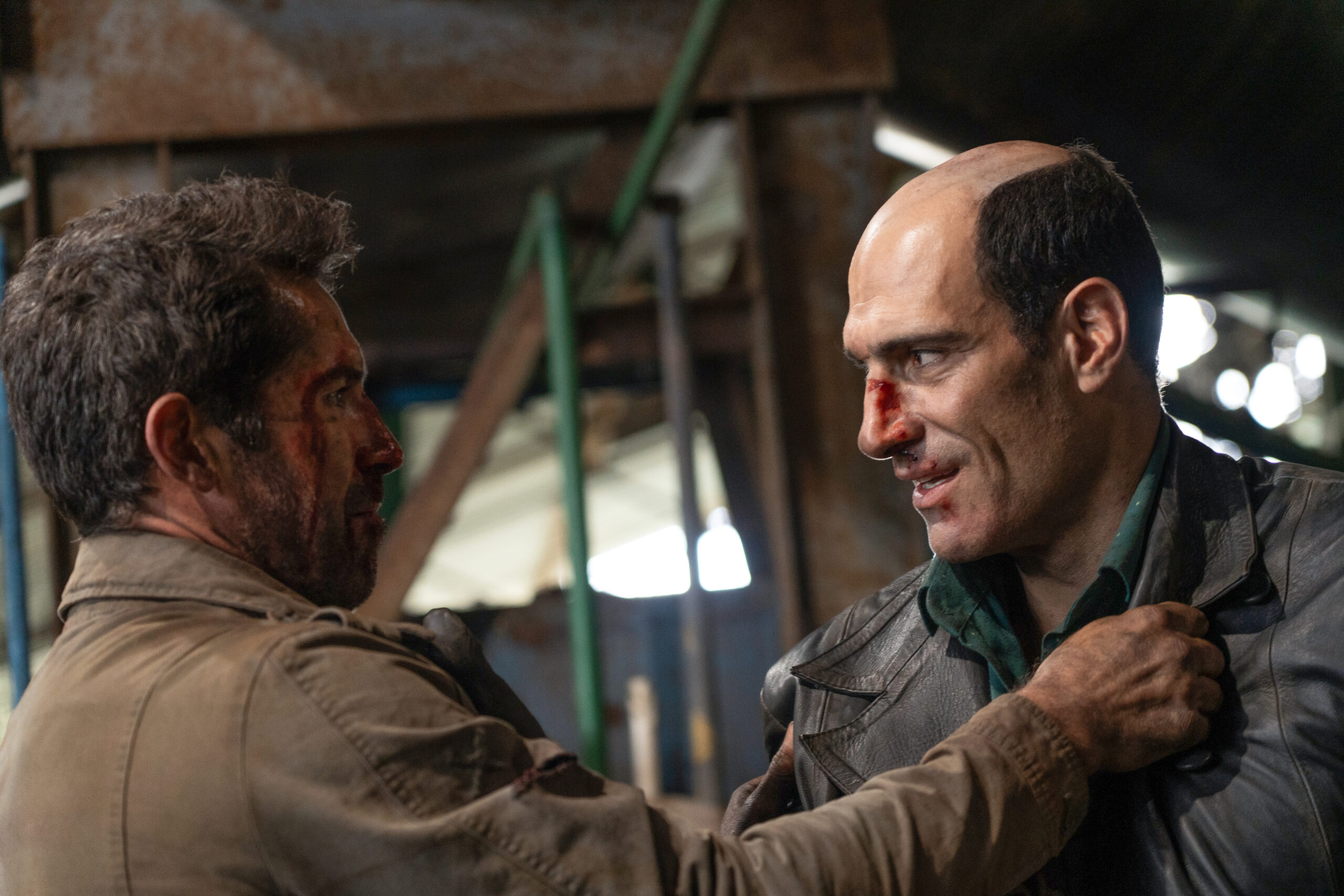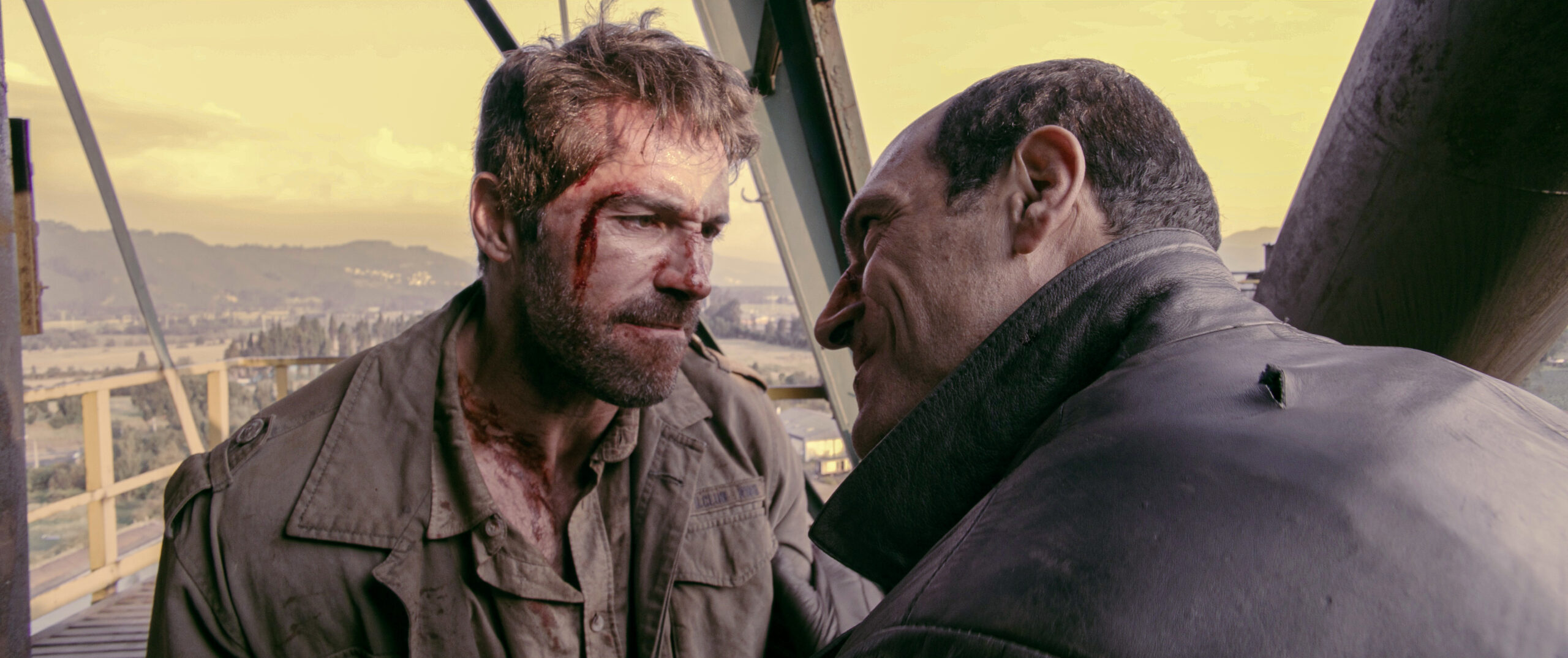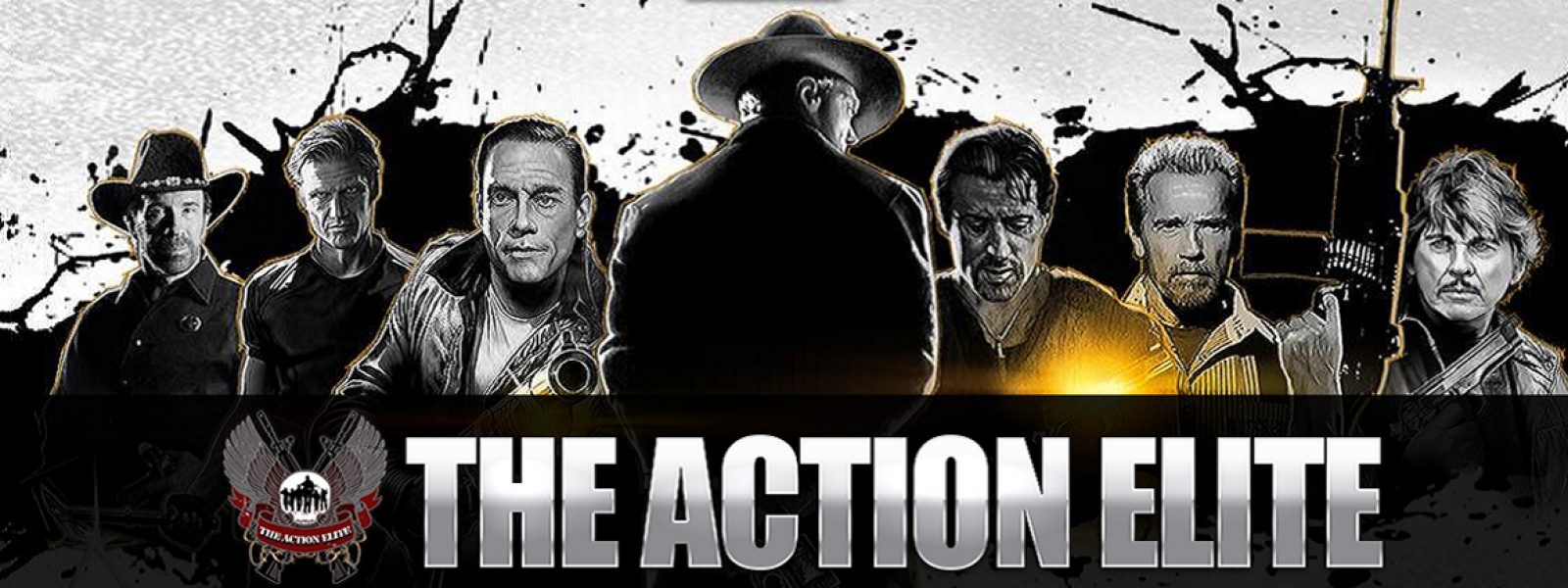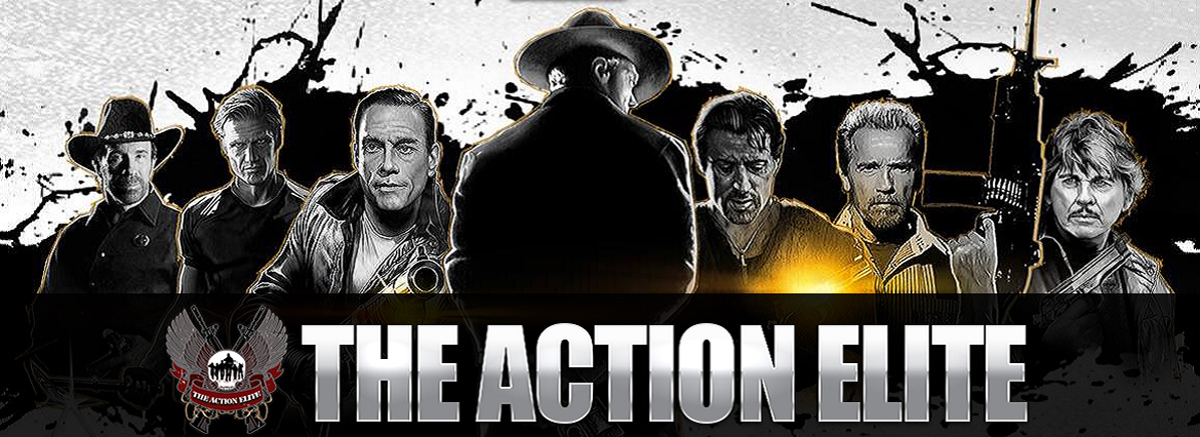Ernesto Díaz Espinoza is best known for his films Kiltro (2006), Mirageman (2007), The ABCs of Death (2012), Bring Me the Head of the Machine Gun Woman (2012), Redeemer (2014) and The Fist of the Condor (2023). His latest film Diablo, stars Scott Adkins and Marko Zaror; Ernesto stopped by to chat with us about making Diablo and working with Marko and Scott.
Hi Ernesto, how are you?
Good and you?
Good, thank you. Thanks for taking the time to chat with me today.
Thanks to you, man.
I really enjoyed Diablo. What was it that made you want to direct it?
Actually, we started writing the script between us, the team, Marko, Scott and Matt; we started from the beginning. So, we wanted to create the movie that we wanted to watch on the screen.
You’ve worked with Marko several times before. Why do you think you guys work so well together?
Well, I don’t know if you know, but we are friends since we were kids. We went to the same high school, we made home movies together. For example, in English classes, they say, “okay, we need you to make a story for Monday, to write a story”. And we said, “can we make a movie?” And that’s how we started.
Scott Adkins really wants to work with you again soon. How did you find working with him?
I was going to comment that I happily discovered that Scott also had that background. He used to make movies when he was a teenager; actual movies himself, directing and acting himself. So, we share that passion, and he was awesome, man. He’s awesome. I also want to work with him again. He’s an underrated actor. He’s a great actor. It was so easy to work with him. He knows so much about action cinema. He’s a cinephile. He knows so much about movies and watching movies. He’s able to direct a movie himself. He is really a movie guy.
I actually asked him if he was planning to direct at some point and he said he is working on something as we speak. So, watch this space. Now, when it comes to the action and the fights, how involved do you like to be with Marko and Scott?
Yeah, I mean, they can work for themselves for sure. I enter there with a total filmmaker point of view of this angle. I think it’s better from here because of this and blah, blah, blah. Maybe this kick is out of tone; it’s too much for the tone of this movie and those kinds of conversations, but that reality, that raw feeling of the fights, that’s something that they know how to do and they bring to the table.
Was there any improvisation throughout to just let them come up with ideas or did they just stick stringently to the script?
I mean, sometimes you need to adapt the choreography or the scenes to the sets or to the, I don’t know, you are running out of time, and you need to solve something in one hour when you were supposed to have five. And there you need to more than improvise, to solve in a different way. So, that happens a lot, happens a lot. Something that was not improvisation, but because we did it before getting to the set, but for example, that final action sequence, the big action sequence in that abandoned factory was not in the script. We invented the scene when we knew the location. When we saw that ramp, we wrote something for the tower; when we saw that tower, when we found that location, we said, “OK, someone’s got to fall”. The audience is going to see this huge thing, and everybody is going to be expecting that something is going to happen up there. So, that kind of stuff.
I was actually going to ask you about the factory. How did you find it and in terms of logistically, how was it to film there? Did you have to do all these safety checks and everything to make sure it was OK to film there?
Yeah, totally. Well, one of the producers found it and when we saw it, it was like, man, this is the place, it was so awesome. But it was so old that we had to go with the security every day. The security team checked the whole place before we got there, and they were with us with a safety plan all the time. Everybody grabbed with harnesses and wires while shooting and it was a big thing to do it.
I love that all the action is done practically; you’re not relying on CG. That’s what I love is whenever the action is all done for real, like old fashioned action cinema. Is that always important to you?
Yeah. Yeah, and for this one was part of the whole proposal. When we talked with Marko and Scott, we talked about making an action movie with the 80s and 90s feel. We wanted to feel real stunts, real force, real kicks and punches. The fall, I don’t want to spoil the movie, but actually we have a couple of falls. They are real falls, and that’s something that is difficult to find nowadays. You can solve digitally, but in Diablo they are falling for real.

Your movies always have a beautiful visual style. How did you bring the visual style of Diablo to life?
Well, obviously it is teamwork. I always like to watch references and shots from other movies and sometimes pictures just have a material to images, to get inspired from. And also I got to say that the vision that Nicolo De La Fere, the DP, brought to the table is pretty amazing. He’s an amazing DP and he’s a specialist in action sequences and movements. So, yeah, it’s the art department reference that Scott and Marko also proposed. So that way, but especially me as a director, I look for other movies. I show the movies I like and the mix to define the tone of the movie I’m making. I take two or three other movies and I say for us “it’s the mix of these movies”, that kind of stuff.
I also love the music score. I always think music is a really underappreciated part of movies. How did you work with Rocco in creating the right musical sound for the film?
Well, also references. I use a lot of references. That is something that composers used to hate because they want to do their own stuff. But with Rocco we found a way of working together. That is that I show these references that mostly serve as a… They guide how it is going to sound, the arrangements. But the emotion and the composition, that’s Rocco’s; he brings that emotion to the table and he shows me the references of how he thinks it could be. And actually in this movie, Scott was a big part of it. We were showing the music to him all the time. He gave notes all the time and he had a lot of good ideas too. So, he was part of the team this time for the score.

How would you like audiences to react to the movie?
I would like audiences to see the heart of the movie. There is a lot of action, a lot of violence, brutal sequences, but with a heart and a story between Alanna and Scott Adkins. There is something there, there’s an emotion that hopefully they see and feel.
Absolutely. Also, I love your hat, your VHS hat. That’s awesome.
Thanks! Yours is awesome too, man.
Thank you. Well, thank you very much for taking the time to chat and all the best for the film.
Thanks, man. Thanks for your support.
All right. No problem. You take care.
Thank you. Bye-bye.
DIABLO will be released In Theaters, On Digital and On Demand on June 13th, 2025.






